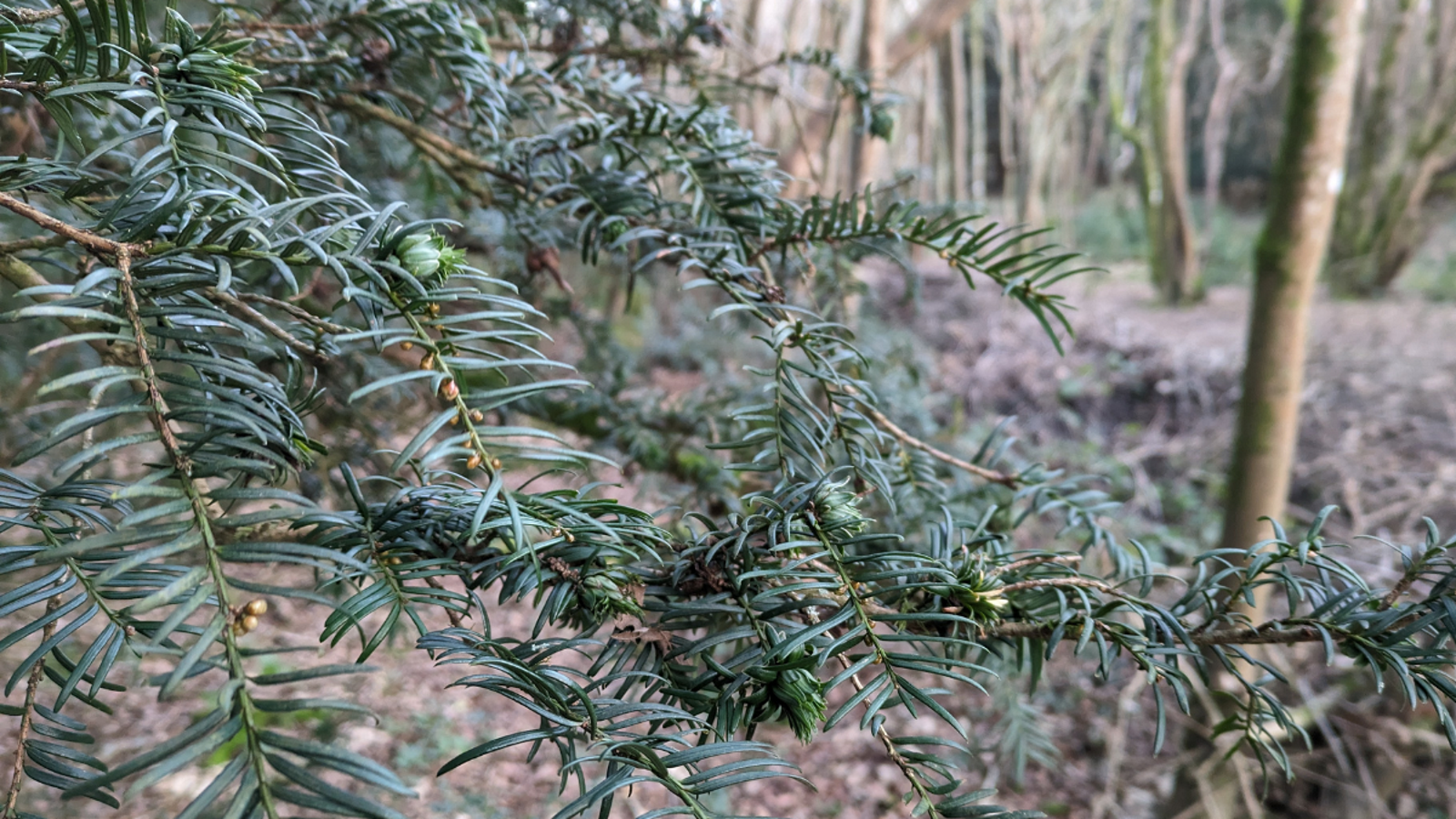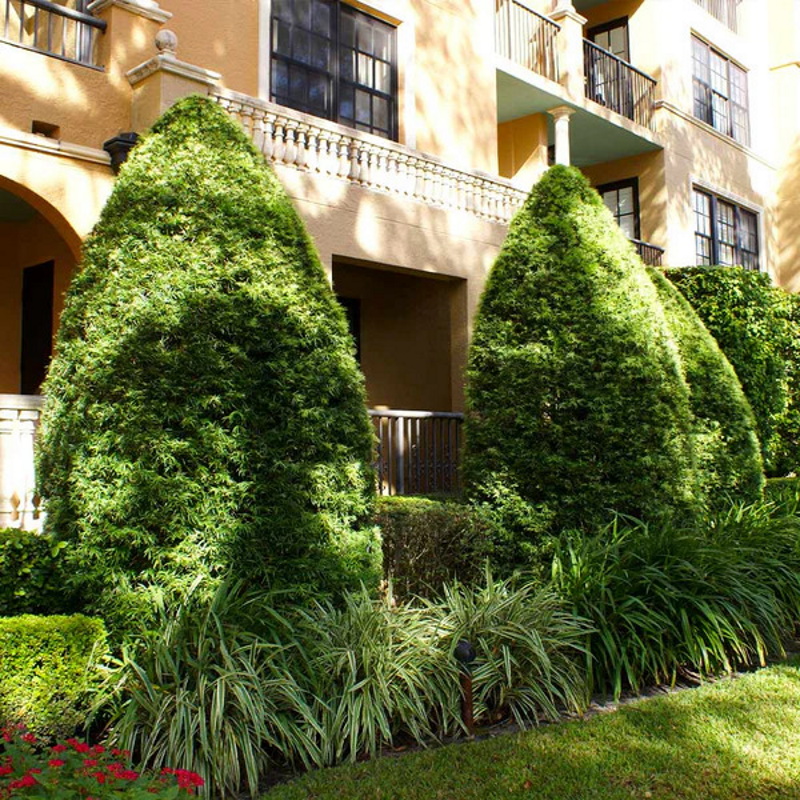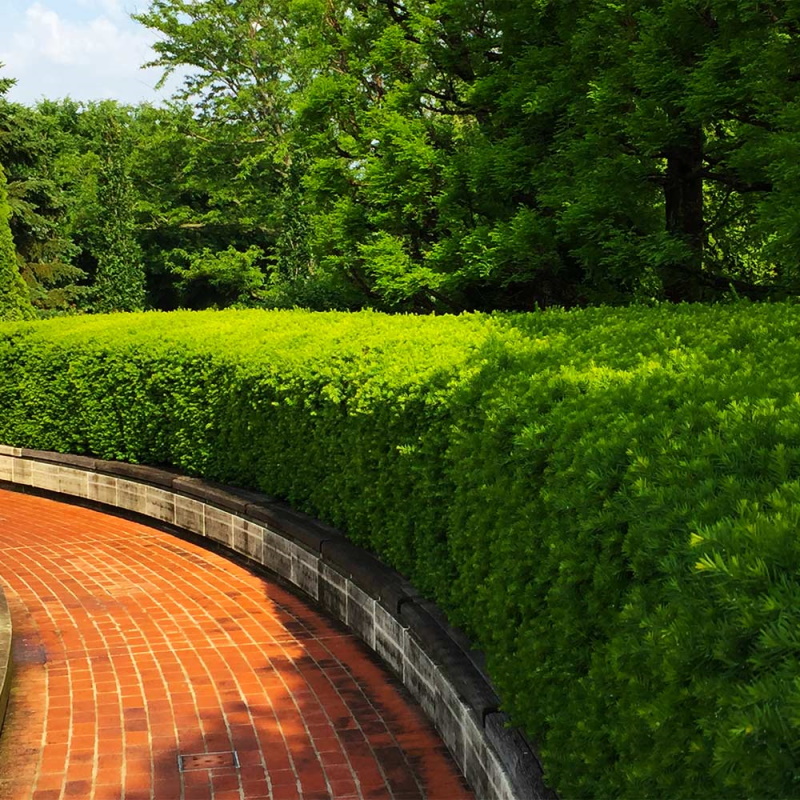New study reveals the best trees for reducing air pollution – and the results will surprise you
Research shows the best trees for improving air quality in towns and cities aren't the ones you might expect


If you're trying to take pollution out of the air, choose evergreen trees with smaller leaves. That's according to a new study from the University of Surrey in the UK.
The study from the Global Centre for Clean Air Research at the University of Surrey has revealed which trees are most effective in stripping pollution from the air. The top performer is a tree commonly known as among the best for privacy.
The study involved testing ten trees alongside a busy road to see which caught the most particles of pollution, and which then washed them down to the ground in the rain.
Of the ten trees, yew (Taxus baccata) was the plant that removed the most air pollution.
'The yew family is amazing. The sub-species on the Pacific west coast, Taxus baccata brevifolia is the original source of Taxol, the cancer-fighting drug,' says Laurie Wayburn, Pacific Forest Trust co-founder and president.
'The slightly broader needles of the European yew have the ability to capture more urban pollution due to the fact that they are a little roughened on the surface,' she adds.

Laurie Wayburn is an accomplished forest and conservation innovator who advises policymakers at the state, regional, national, and international levels. She pioneers new approaches to develop sustainable resource economies using her deep experience in the fields of conservation, ecosystem services, and sustainability. A preeminent authority on the climate and ecosystem benefits of forests, she leads efforts enacting climate change policies that unite conservation and sustainable management with market-based approaches.

While it might be expected that trees with hairier foliage are best for catching pollutants, this also means they cling onto them and stop them washing away when it rains.
Design expertise in your inbox – from inspiring decorating ideas and beautiful celebrity homes to practical gardening advice and shopping round-ups.
The study found that stomata – the 'pores' of the leaf – could help plants catch particles. In the case of the yew, more particles of pollution gathered on the porous underside of the leaf.
'The secret behind the ability for trees to help with air pollution lies within their leaves, specifically, the stomata,' confirms Fern Berg, tree expert and founder of Tree Vitalize.
'Stomata are tiny pores in leaf surfaces that allow for gas exchange with the atmosphere. Via the stomata, trees can absorb various pollutants such as carbon monoxide, sulfur dioxide, ozone, nitrogen dioxide and particulate matter, filtering these harmful substances from the air,' she adds.
University of Surrey researchers also found the most effective leaf types were awl-shaped, found on Japanese cedar (Camellia japonica) and Lawson's cypress (Chamaecyparis lawsoniana).

Fern is the founder of Tree Vitalize and has planted and currently cares for over 100 different native and exotic fruit, nut, and ornamental trees. She also cultivates an extensive vegetable garden, several flower gardens and cares for an ever-growing happy family of indoor plants.
Shop yew trees online
FAQs
What are the best outdoor plants for capturing pollutants?
Alongside the many effective trees that help strip pollutants from the air, shrubs and hedges are also a good choice. Plants with woody frameworks are effective at capturing carbon. Likewise, any plants with leaves that have some texture or friction will hold onto pollutants. The key is if they then release them to the ground when washed by rain.
Trees that capture pollutants on their leaves before releasing them to the ground when washed by rain are most effective for stripping pollution from the air. You can also have air-cleaning indoor plants to help purify the air in your home and leave it feeling fresher.

Tenielle is a Gardens Content Editor at Homes & Gardens. She holds a qualification in MA Magazine Journalism and has over six years of journalistic experience. Before coming to Homes & Gardens, Tenielle was in the editorial department at the Royal Horticultural Society and worked on The Garden magazine. As our in-house houseplant expert, Tenielle writes on a range of solutions to houseplant problems, as well as other 'how to' guides, inspiring garden projects, and the latest gardening news. When she isn't writing, Tenielle can be found propagating her ever-growing collection of indoor plants, helping others overcome common houseplant pests and diseases, volunteering at a local gardening club, and attending gardening workshops, like a composting masterclass.


